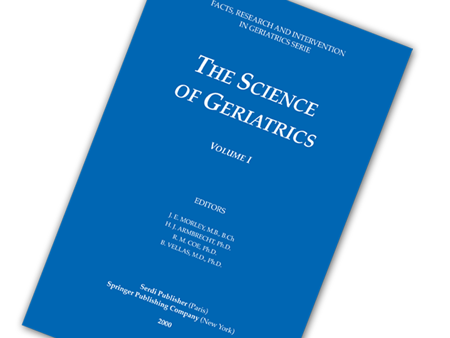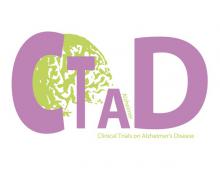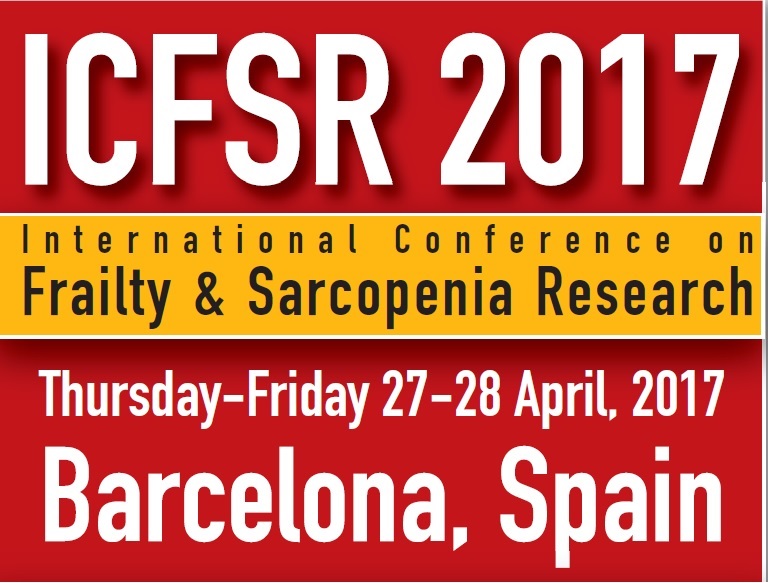Objectives: To determine the relationship between plant food consumption and bone mineral density (BMD) in a healthy population when age, gender, BMI and physical activity are accounted for. Design: Crosssectional study. Setting: Participants were recruited from the Sydney Adventist hospital and the University of New South Wales, Sydney, Australia. Participants: 33 males and 40 females (total n=73) participated in this study. The mean age was 56.1 ± 8.5 years. All participants were non-diabetic and in general good health. Measurements: A principle component analysis (PCA) was performed on 12 month self-report food intake data, gathered using the Cancer Council Victoria Dietary Questionnaire for Epidemiological Studies Version 2. Dual-energy X-ray absorptiometry was used to measure total BMD. Fasting plasma total protein, calcium and 25-Hydroxy Vitamin D levels were analysed by the Sydney Adventist Hospital pathology laboratory. Anthropometric measures were obtained using a standardized protocol. Self-reported physical activity levels were assessed using the International Physical Activity Questionnaire. Results: The PCA revealed three principle components. These were termed ‘Meat Based’, ‘Junk Food’ and ‘Plant Based.’ After controlling for age, gender, physical activity and BMI, the Plant Based component correlated positively with BMD (p=0.054, R2=0.439) and T-score (p=0.053, R2=0.221). Using a similar model no association between the Meat Based component and BMD or T-score was found. However, when the Plant Based component was included the Meat Based component correlated positively with BMD (p=0.046, R2=0.474) and T-score (p=0.046, R2=0.279). There was no significant association between the Junk Food component and BMD or T-score. People in the third Plant (927 ± 339 vs 751 ± 255 g/day, p=0.025) and Meat Based (921 ± 270 vs 676 ± 241 g/day, p=0.002) tertile had higher calcium intakes than those in the first. People in the second Plant Based tertile had higher plasma Vitamin D levels than those in the first (63.5 ± 16.8 vs. 52.3 ± 22.1 nmol/L, p=0.053) while those in the third Junk Food tertile had lower levels than those in the first (52.4 ± 18.5 vs. 65.4 ± 19.8 nmol/L, p=0.027). No association between Plant Based tertiles and protein intake was observed, however those in the third Meat Based (99.7 ± 25.1 vs. 50.9 ± 13.8 g/day, p=0.000) and Junk Food (87.4 ± 30.7 vs. 56.6 ± 22.2 g/day, p=0.000) tertile had higher protein intake compared to those in the first tertile. Conclusion: In a healthy middle aged population with normal BMD, an increase in plant food consumption, either alone or in combination with a diet containing meat, is associated with improved bone mineralisation markers. This positive relationship is most likely due to the extensive range of micronutrients and phytochemicals packaged within plants.
(1) J. Berg, N. Seyedsadjadi, R. Grant; J Nutr Health Aging. 2020 in press



